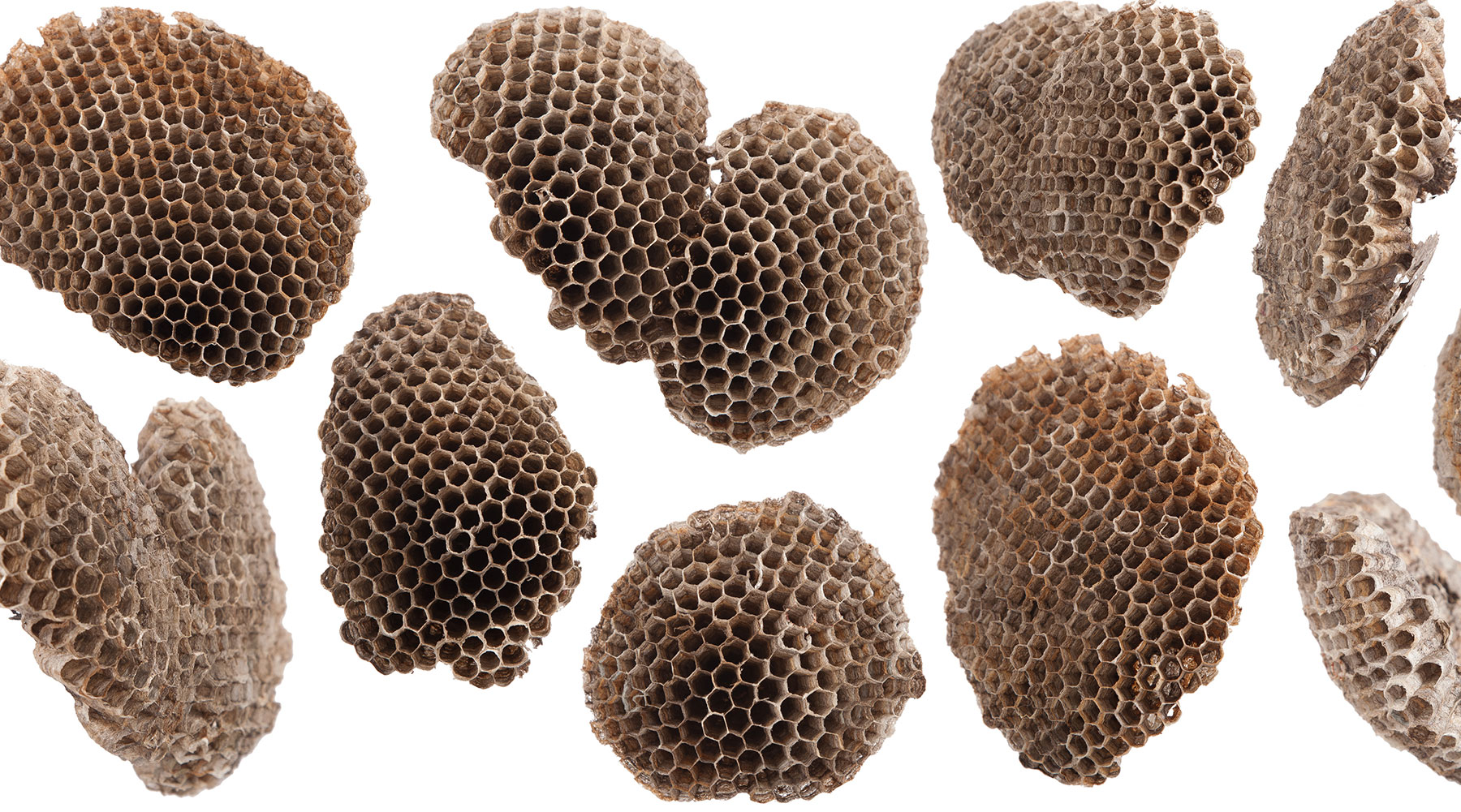Bee, Wasp, and Hornet Nest Identification
Proudly Serving South Carolina | North Carolina | Georgia | Florida

Before you can remove a bee, wasp, or hornet nest, it is essential to know what kind of nest and insect you have. One of the main differences between bee nests versus wasp or hornet nests is the location. Bees make their nests inside open cavities whereas wasps and hornets create hanging nests. Wasp and Hornets nests should be removed to keep your family safe but since bees are an important part of our ecosystem and are responsible for pollinating a large variety of plants, you should look at relocation of the nest by an experienced beekeeper. Contacting a knowledgeable exterminator is a great resource when trying to identify and get rid of a bee, wasp, or hornet nest.
Start With A Quote On Us
Click below to contact Rocket Pest for a FREE pest control quote.
How to Tell the Difference Between Bee, Wasp, and Hornet Nest
Seeing a bunch of bees, wasps, or hornets buzzing around your house can be frightening, especially to those who are allergic to these flying insects’ stings. Being able to identify what each of the nests looks like is the first step in eliminating them from your living areas.
- Bee Nest: Bees do not create a nest in the same way wasps or hornets do. They like to build their nest inside existing holes or hidden areas such as hollow trees, gaps in siding, rodent burrows, and even bird nests. Some species will burrow into the soil, creating their nests underground. Even though bee nests might be hidden, it is easy to identify the location of the nest due to seeing bees clustering around the area. Internally bee nests have the traditional honeycomb pattern that many associates with bees.
- Wasp Nest: Wasps like to build their nests hanging from trees, the eves of your roof, or other sheltered places. There are two types of wasp nests, those made from wood pulp and those made from mud. Most species of wasps create their nest by chewing wood, mixing it with their saliva, and making a paper-like substance that is grayish in color. The nest is open with visible cells that are used to hold young wasps. Mud daubers, as their name suggests, use mud and clay to create their nests. Their nests look like small tubes and are usually for a single set of male and female wasps instead of a whole colony.
- Hornet Nest: Since hornets are a type of wasp, their nests are fairly similar but there are a few main differences. Inside, a hornet nest will be the same as other wasp nests and made from the same papery material but a hornet will create a protective outer layer for its nest with a single opening. Their nests are also usually much larger than a wasp nest. They can get as big as a basketball!
Getting Rid of Nests
When in their natural habitats, bees, wasps, and hornets are extremely helpful insects but when they start to encroach on your living area though, then they become a pest. There are many products sold in stores to remove nests. These might temporarily get rid of the nest but you run the risk of getting stung or the nest returning. If you find a bee, wasp, or hornet nest, the experienced technicians at Rocket Pest will be able to help identify the nest and create a plan to either eliminate or relocate the nest. Contact us today for free expert advice and to keep your home pest free!
Back to Bees, Wasps & Hornets Control